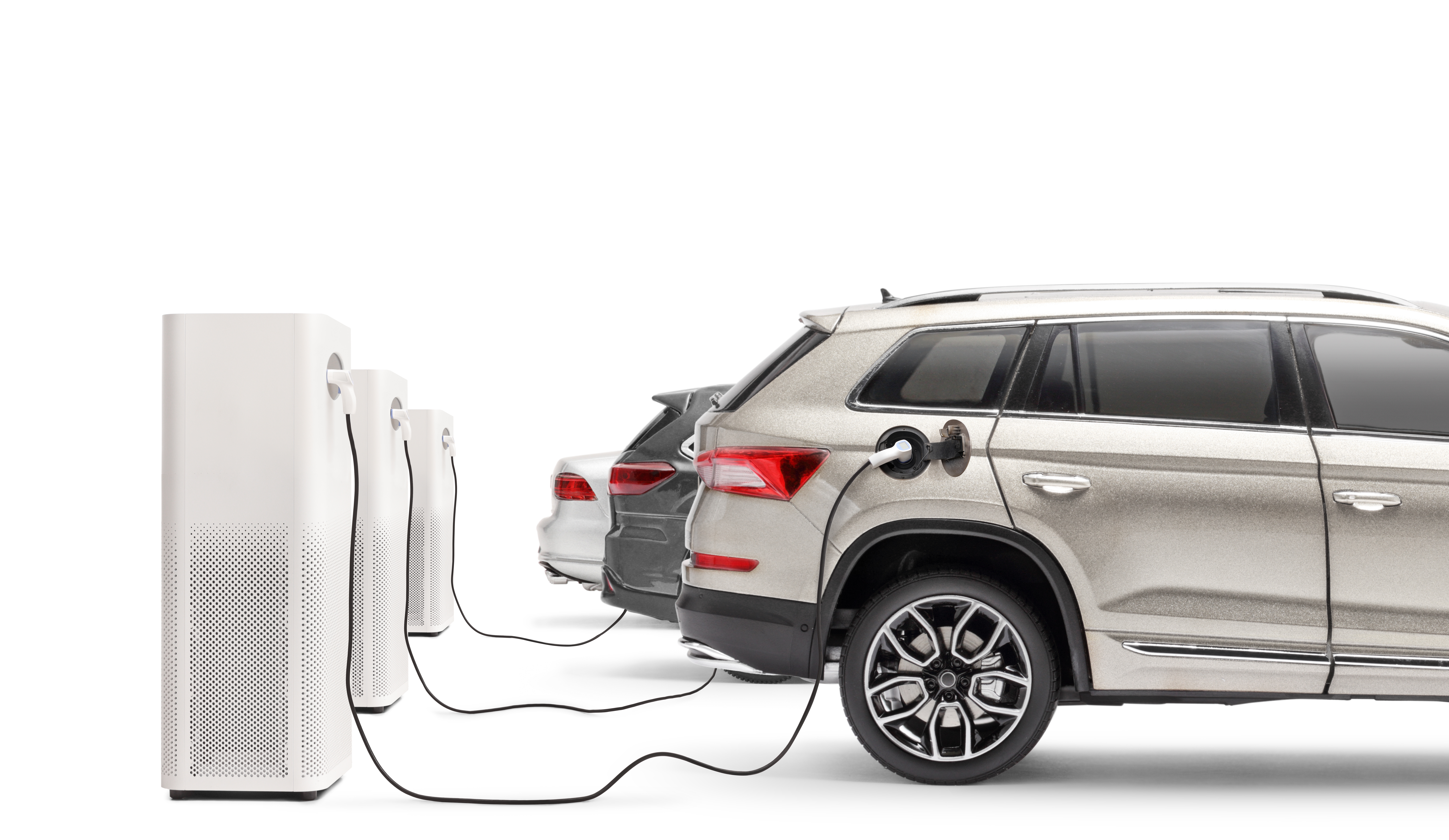Electric vehicles (EVs) don’t have exhaust pipes because they don’t produce emissions.
Unlike petrol and diesel cars, which burn fuel and release gases, EVs run on electricity stored in a battery and power an electric motor. Since no fuel is burned, there’s no need for an exhaust system.
Why Don’t Electric Vehicles Have Exhaust Systems?
In traditional cars, exhaust systems play a crucial role in removing harmful gases from the engine. Components like catalytic converters, mufflers, and tailpipes help reduce emissions and noise. However, fully electric vehicles operate without an internal combustion engine, eliminating the need for an exhaust system altogether.
Since EVs don’t burn fuel, they are often classified as Zero Emission Vehicles (ZEVs), meaning they do not produce tailpipe emissions such as carbon dioxide (CO₂), nitrogen oxides (NOx), or particulate matter (PM). This contributes to cleaner air and reduces the overall environmental impact of transportation.
Some manufacturers may add fake exhaust pipes to certain EV models for design purposes, but these serve no functional purpose.
Do Hybrid Vehicles Have Exhaust Pipes?
Unlike fully electric cars, hybrid vehicles (including plug-in hybrid electric vehicles, or PHEVs) still rely on an internal combustion engine for part of their operation. Because they burn fuel, they do produce emissions and require an exhaust system to release them. The key difference is that hybrids can sometimes run on electric power, reducing their overall emissions compared to traditional petrol or diesel cars.
Do Electric Cars Produce Any Emissions?
While EVs don’t emit exhaust gases, their overall environmental impact depends on how the electricity used to charge them is generated. If the electricity comes from coal or other fossil fuels, the vehicle indirectly contributes to emissions. However, as the energy grid transitions to renewable sources like wind and solar power, the carbon footprint of EVs continues to decrease.
Additionally, while EVs don’t produce tailpipe emissions, their manufacturing processes generate some environmental impact. However, studies suggest that over their lifetime, EVs still have lower emissions than internal combustion engine vehicles.
Do Tesla’s Have Exhaust Pipes?
Tesla, as one of the most well-known EV manufacturers, produces only fully electric cars, meaning none of their models have exhaust pipes or exhaust systems. If you see an exhaust pipe on a Tesla, it’s either a design choice or an aftermarket modification.
The Environmental and Practical Benefits of EVs
Since EVs lack exhaust pipes, they contribute to improved air quality and reduced greenhouse gas emissions. Gasoline and Diesel vehicles release pollutants that can lead to respiratory problems and environmental damage, while EVs help minimize these risks.
Additionally, EVs offer quieter operation, as they don’t produce the noise associated with combustion engines and exhaust systems. Some manufacturers even add artificial sounds to ensure pedestrians can hear them coming.
Why EVs Don’t Have Exhaust Pipes
Electric vehicles do not have exhaust pipes or exhaust systems because they do not burn fuel or produce tailpipe emissions. While hybrids still require them, fully electric cars eliminate the need for exhaust components, making them a cleaner and more sustainable choice for the future.
Sources:
https://www.quora.com/Do-full-electric-cars-have-exhaust-pipes-Why-or-why-not

Passionate writer who loves to learn about all things that go and share that knowledge.
